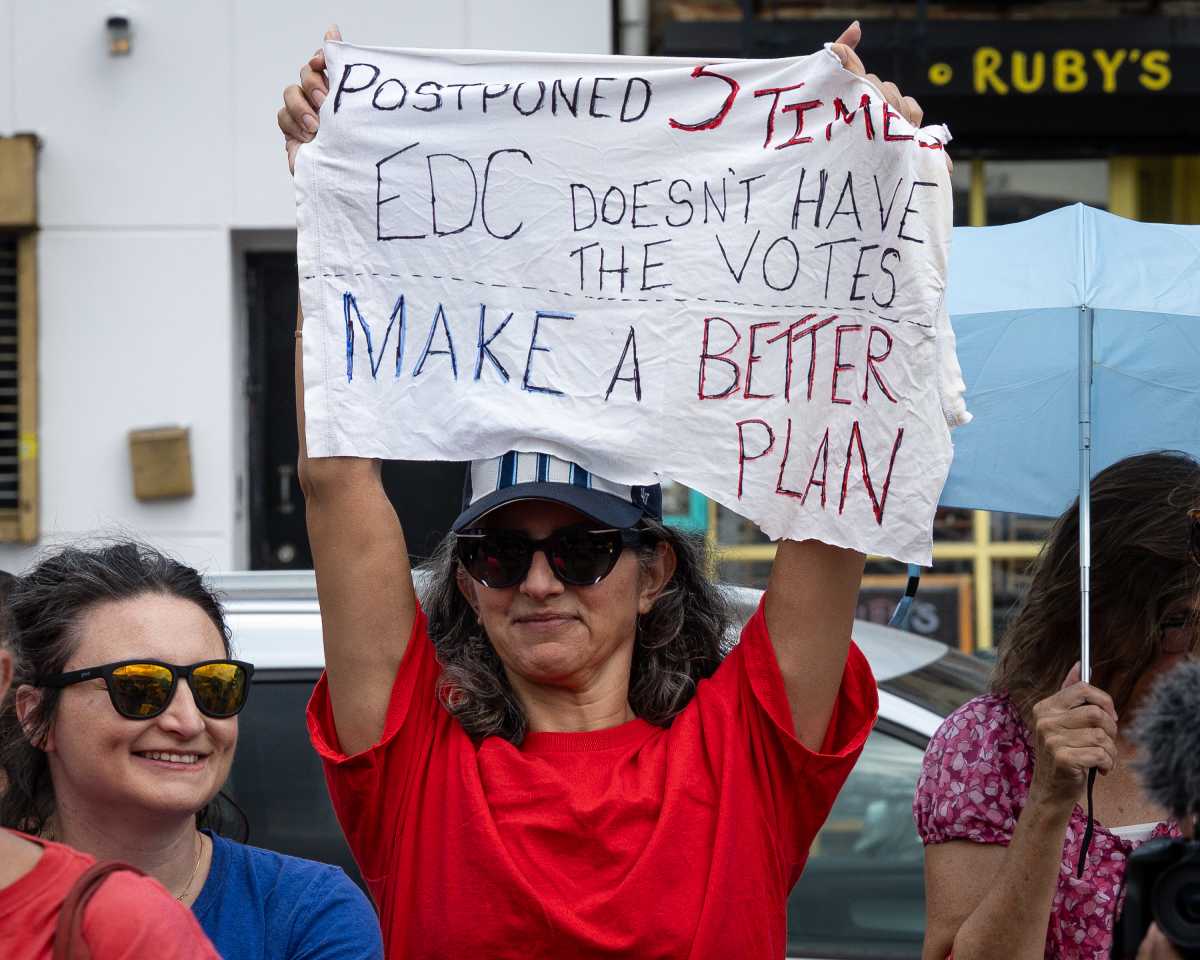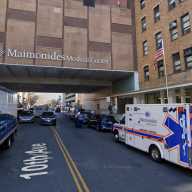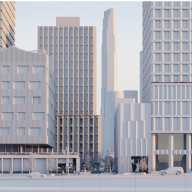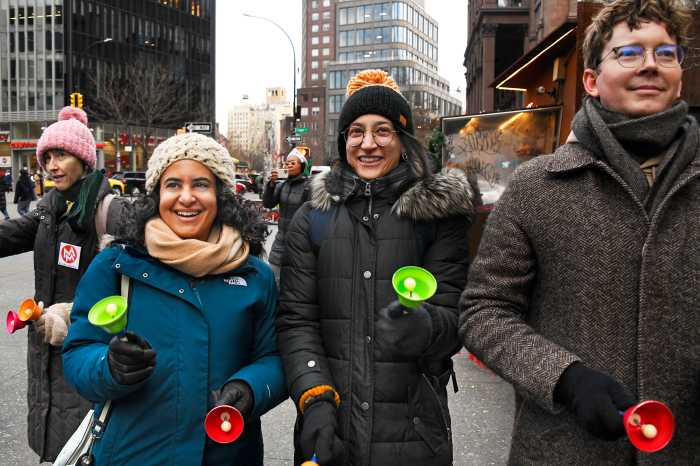The vote on a sweeping proposal to redevelop 122 acres of Brooklyn’s industrial waterfront has been postponed for the fifth time.
The Brooklyn Marine Terminal (BMT) plan, originally scheduled for a vote on the afternoon of July 24, was delayed after several members of the 28-member BMT Task Force raised concerns. Task force leadership — U.S. Rep. Dan Goldman, state Sen. Andrew Gounardes and City Council Member Alexa Avilés — along with the New York City Economic Development Corporation (NYCEDC), pushed back the vote on the $3.5 billion project, which would have required a two-thirds majority.
Despite the postponement — a new date has not yet been announced — community members rallied outside 100 Columbia St. alongside Rep. Jerry Nadler (D-Manhattan), Assembly Member Marcela Mitaynes (D-Brooklyn) and Council Member Avilés, voicing opposition to the NYCEDC-led plan in its current form.
In addition to modernizing the long-neglected container port and connecting it to a Blue Highways freight system, the redevelopment plan includes 6,000 new housing units — 40% of which would be permanently affordable — along with commercial space, public green areas, resiliency upgrades and transportation improvements.
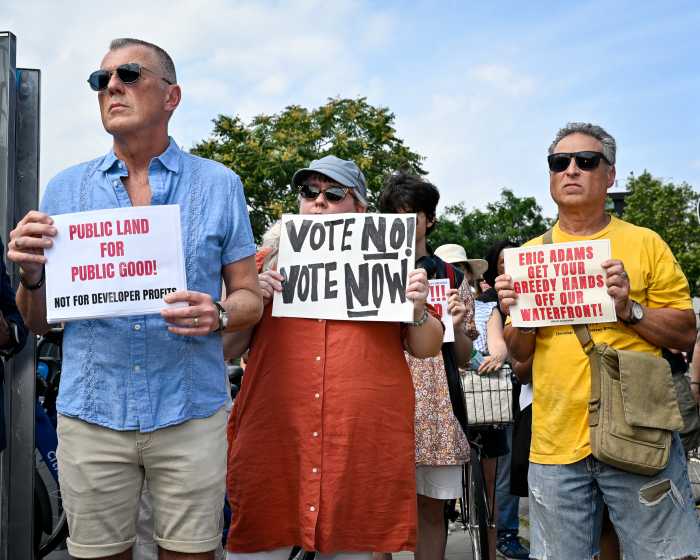
Critics say the plan is being rushed and that community input has been ignored. They argue it presents serious infrastructure challenges, would disrupt local businesses, displace residents, and worsen pollution and traffic. Many also called for the city to focus more on preserving the existing working waterfront.
Nadler, whose former congressional district included parts of the Brooklyn waterfront before the 2022 redistricting, acknowledged the urgency of the city’s housing crisis. Still, he raised concerns about how thousands of new housing units would affect the community and its infrastructure.
He proposed preserving the Red Hook port without reducing its footprint and urged the city to invest in port infrastructure, similar to investments in ferry service, roads and bridges. He also recommended that the housing portion of the BMT project go through the city’s Uniform Land Use Review Procedure (ULURP), which requires public review and community input.
“The future of Red Hook deserves careful deliberation, not rushed issues,” Nadler said. “We can protect our working waterfront while addressing housing needs through proper planning and community engagement.”
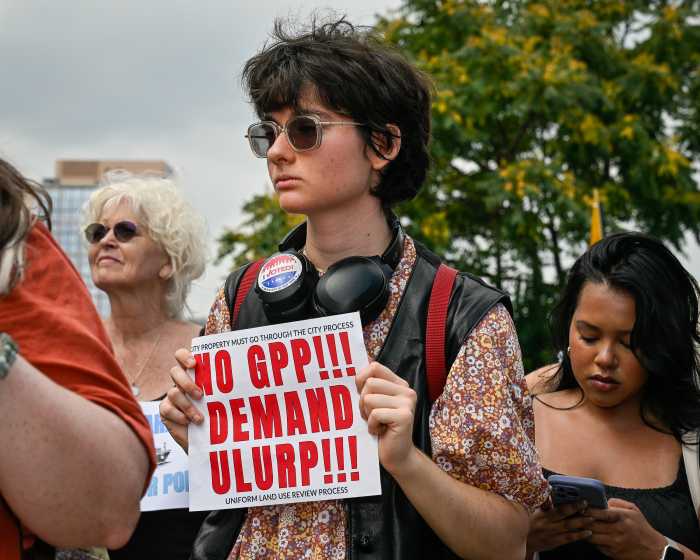
John Leyva, founder of the Columbia Street Waterfront, acknowledged the city’s “affordable housing crisis” but said modernizing Brooklyn’s last working waterfront should take priority.
“Luxury housing is not going to help, and it’s actually going to make it worse,” Leyva said. “The maritime industry doesn’t have the lobbyists [real estate] developers have. But there’s a maritime crisis in this city. We keep taking away all the waterfronts. This is the last working waterfront of its kind here in Brooklyn. So we gotta preserve it — there’s good jobs there.”
Maritime advocate Phaedra Thomas, former executive director of the Southwest Brooklyn Industrial Development Corporation, said developers have had their sights on the southern Brooklyn waterfront for decades. She recalled the EDC’s 2005 “Pier 7 through 12” study as an early sign.
“It was a foregone conclusion that they wanted housing there then, and it was a foregone conclusion that they wanted housing here now,” Thomas said. “It is a farce to say that they need housing development in order to subsidize a port development.”
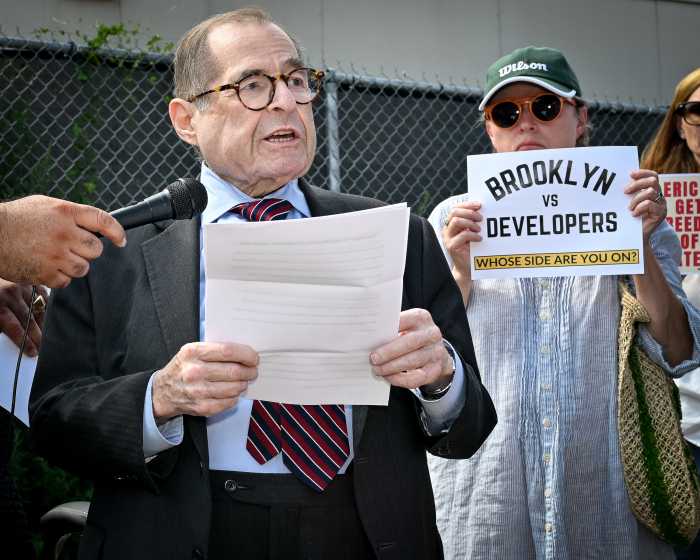
In a statement, NYCEDC spokesperson Jeff Holmes said the agency remains committed to the plan and that the delay would provide time for additional community engagement with task force members and the public.
“The Vision Plan for the Brooklyn Marine Terminal is a generational opportunity to replace decades of disinvestment with a brighter, more abundant future for Brooklyn and New York City,” Holmes said.
Gounardes, in a statement, said the delay would help address concerns and work toward a more widely supported proposal.
“It has always been our goal to achieve broad consensus on a BMT redevelopment plan,” Gounardes said. “After extensive discussions with members of the Task Force who remain opposed to the current plan, they have indicated that further refinement and community engagement could achieve that broader consensus.”
Ten members of the BMT Task Force — including Assembly Members Mitaynes and Jo Anne Simon, Brooklyn Borough President Antonio Reynoso, Council Members Avilés and Shahana Hanif, and several environmental and community leaders — released a joint statement expressing frustration over the NYCEDC’s approach.
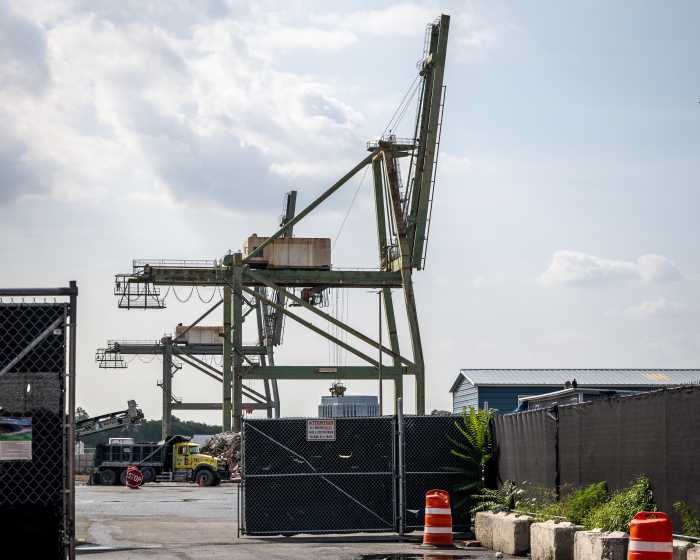
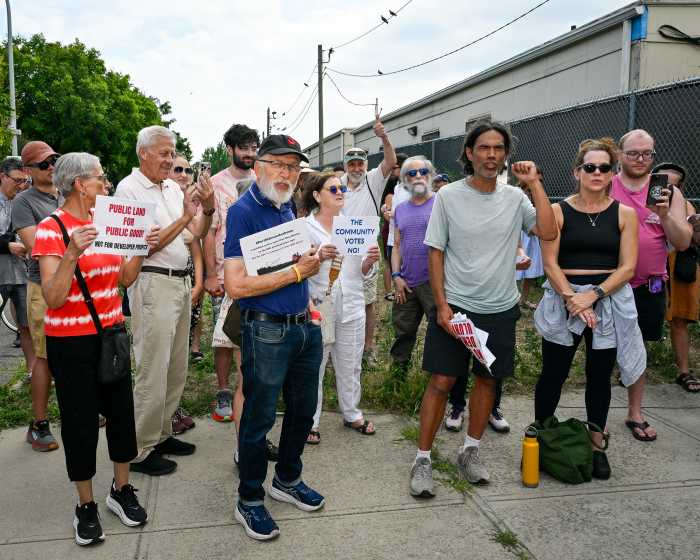
They said the current plan fails to offer meaningful solutions to key concerns, including transportation impacts, water and sewer capacity, displacement of businesses, and flood zone risks. They also cited a lack of data to support the project’s feasibility and said many of their concerns had gone unaddressed.
“We have participated in the BMT Task Force in good faith, hoping that our engagement would shape a forward-thinking and equitable vision for our waterfront,” the statement read. “Our goal from the beginning has been to get to a ‘yes,’ and we remain committed to that outcome. The proposal does not fulfill the salient goal of transforming the BMT into ‘a harbor of the future’ with manufacturing jobs and robust maritime opportunities. We believe in a future of a working waterfront that centers people, sustainability and justice.”
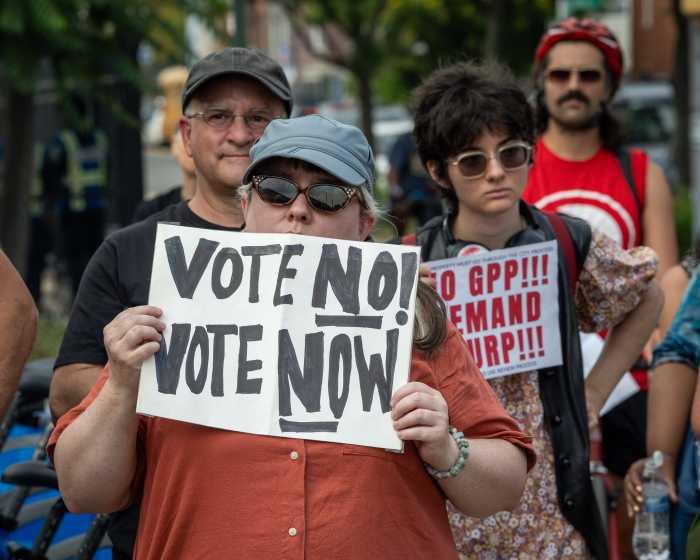
In a separate statement, Reynoso thanked task force leaders and the EDC for allowing more time to explore ways to revitalize the BMT through “careful thought and consideration,” with a goal of crafting a “truly port-first plan that centers people, sustainability and justice.”
“Our goal from the beginning has been to get to a ‘yes’ on the BMT vision plan,” Reynoso said. “Task Force leadership’s decision to delay the vote today is the best course of action to enable Task Force members and the community to build a shared vision that maximizes the economic potential for Brooklyn’s last working waterfront.”


